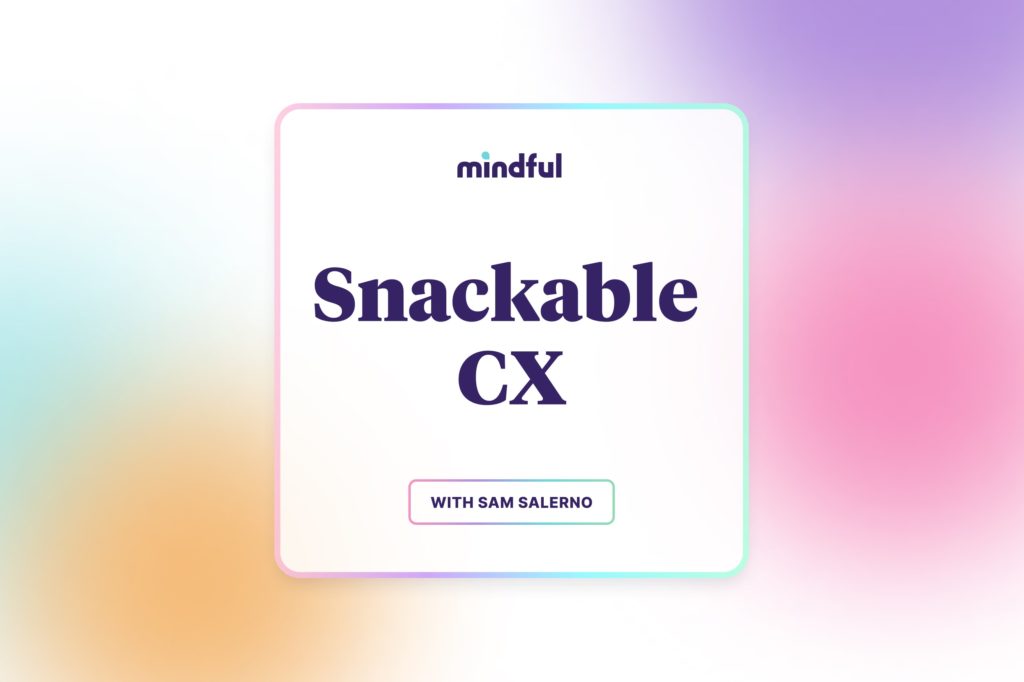Episode details
Ideally, you want to keep average handle time as short as possible…but there’s also a good bit of nuance here that can make it tricky to pin down.
Measuring and improving average handle time requires a holistic approach—one that aims to provide the highest quality resolutions in the shortest-time frame possible.
And with a little Mindful magic, you can get started on improving your handle times—and your customer satisfaction—in three ways.
This episode was adapted from the guide “Average Handle Time: The Ultimate Guide for Contact Centers.”
Still hungry?
Subscribe on Apple Podcasts or Spotify to get fresh episodes each week.




